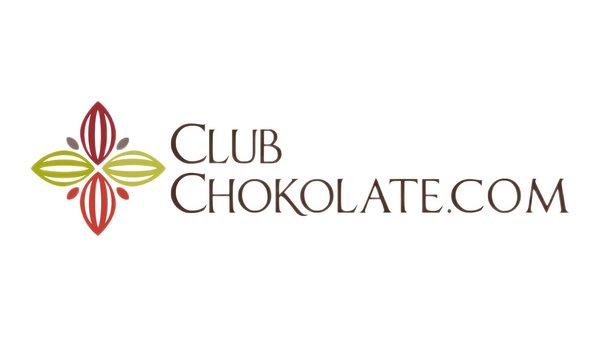
How to get Dark Chocolate Benefits - Making it! (Part 2)
The second day started with a chocolate tasting lead by Chloe Doutre Roussel (read Part 1 here). She initially spoke about the bean-to-bar chocolate principles, including a "return to the basics," the use of mainly two ingredients, and sustainability practices. But she also mentioned that this movement has had to adapt to survive economically. They do this by adding high-quality vanilla, milk powder, and cacao butter. Similarly, you might see fancy inclusions, and flavors added. It seems consumers also look for more than dark chocolate bars by origins. Then she started sharing how dark chocolate benefits your senses.
First, she insisted on feeling the chocolate texture, which is mainly driven by the particle size. This, in turn, is in direct connection with the refiner and conch used by the chocolate maker, and the time the chocolate spent in the refiner. She also mentioned that the reason people might like industrial chocolates a lot is because of their texture. This soft "right" texture comes from the use of expensive machines that can decrease the chocolate particle size to achieve the perfect "feel." Also because they use a higher amount of cacao butter (or other fats) as well as emulsifiers to "create" the best texture experience, however, if you want to receive all dark chocolate benefits, you should look for a less refined chocolate bar; it keeps more of the health properties.
Then she used three (3) main features of chocolate tasting. She simplified some of the chocolate tasting steps we have heard. She said to pay attention to the acid, bitter and astringency. Use a 1-5 categorization where five is more intensive. That you need only a small piece to taste, another dark chocolate benefit, i.e., little might be enough, and then went on to say that once the chocolate is your mouth you can feel different stages: "attack," "development," "expression," and "end of mouth;" professional chocolate connoisseurs take their time on each of these stages... awhhh dark chocolate benefits your senses. We tasted ten (10) different chocolates, among them: SOMA (Canada), Cacao de Origen Chuao, Letterpress, Dick Taylor, Castronovo, and GoDark.
Meanwhile, two chocolates were in the making. By this time, almost 24 hours refining, we could all feel the aroma. It was time to decide what % bean-to-bar chocolate we wanted to make. We felt this was more on the art part than science; it was a matter of tasting the liquid chocolate, i.e., cacao liquor, and deciding how much sweet to add. To determine the final chocolate %, we had to know how much chocolate was in the refiner/conching. It turned out it was approximately 500 grams. The chocolate making experts, based on previous trial and error, and then the countless past experiences, decided to make approx 80% with Chuao, usually a sweeter cacao bean, and 75% with Belize. So to make an 80% chocolate bar with the Chuao bean, 100 grams of sugar were added and let mix for a few more minutes. The actual total % that we thought was good was 83%. Who would have thought that dark chocolate benefits your math skills?
Now, time to temper the chocolate. For this, you need a flat, relatively cold surface to pour the mixture. The "temperature" game starts; we learn that tempering is one of the critical steps to make a beautiful, and perfect tasting chocolate bar. To achieve this, we needed to get the right temperature from the warm liquid in the refiner to the final mold. Tempering is about getting the temperature that will get the cacao butter crystals together, to form a solid bar. So, pouring the warm mixture in the cold table will decrease the temperature of the chocolate, we were trying to reach a temperature around 42 Celcius (107 F). In the chilly surface, the liquid chocolate was moved with a spatula, so the contact with a colder surface will change the chocolate temperature. Sometimes it becomes too cold, and we had to rewarm the chocolate. Chemistry, another dark chocolate benefit! Once we got the right temperature of the chocolate mixture, it was time to put in in molds. We used spoon, heart, and rectangle molds, and pour the mixture in them, avoiding air bubbles. Then, a few minutes in the fridge and voilà, our firsts bean-to-bar chocolates made.

It was a weekend workshop with experts and fans of bean-to-bar chocolate, and people that enjoy the goodness of life. Also, we look out for the environment, our health, social interaction, and sustainability. We learned many dark chocolate benefits like social connections, community development, and sustainability, geography, and cultures, teamwork, "little is enough," senses development, math skills, and chemistry. We enjoyed it so much, and we hope you have enjoyed the story that you want to share it. Also, if you're interested in participating in a similar workshop or a chocolate tasting course, let us know by filling the "Contact us" form.






